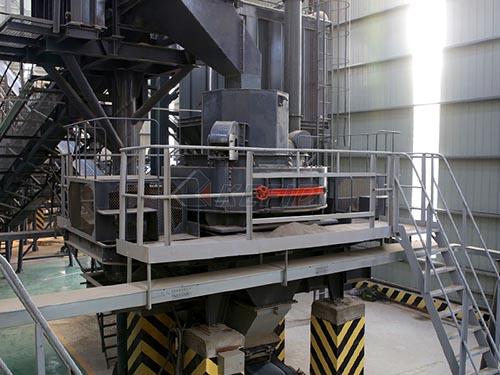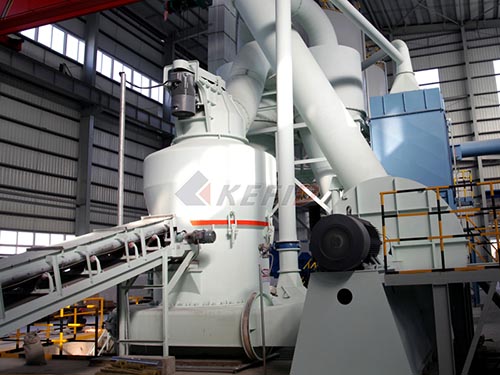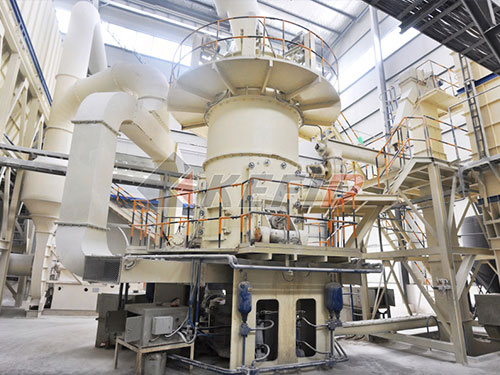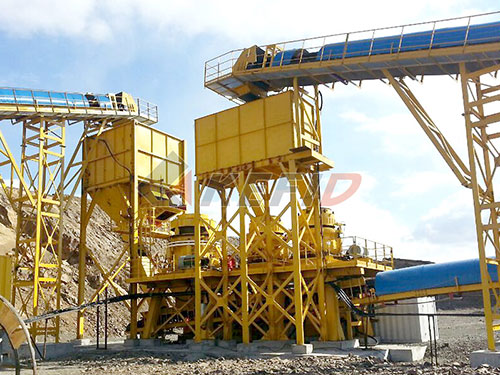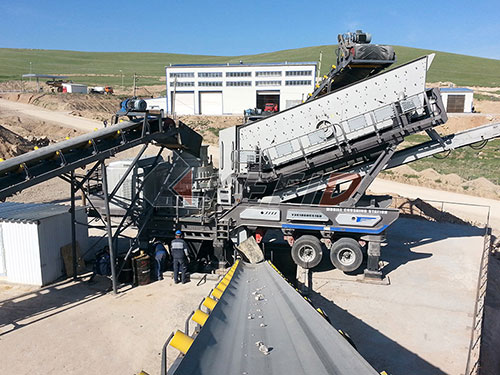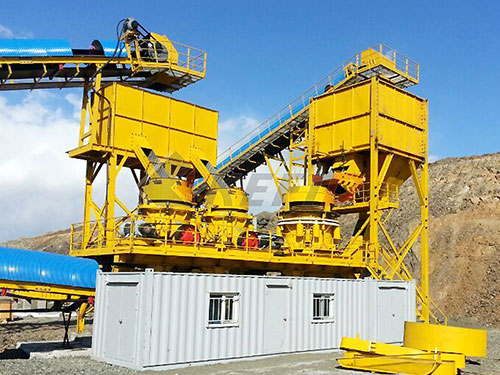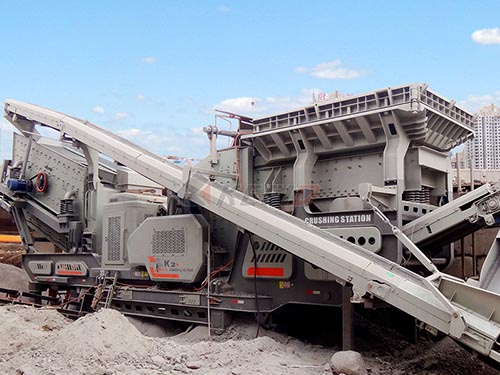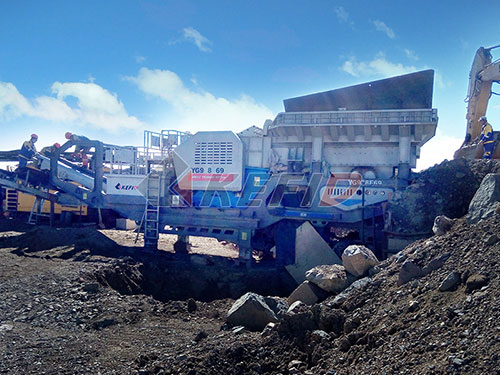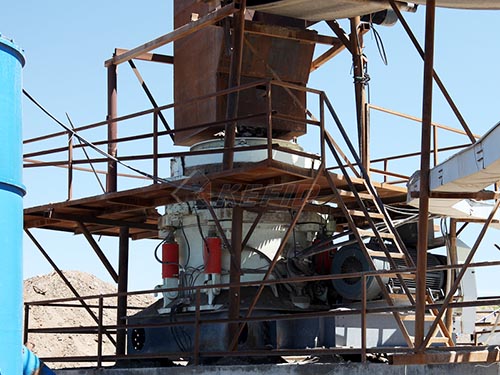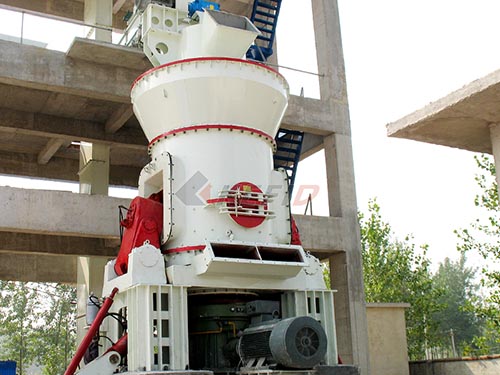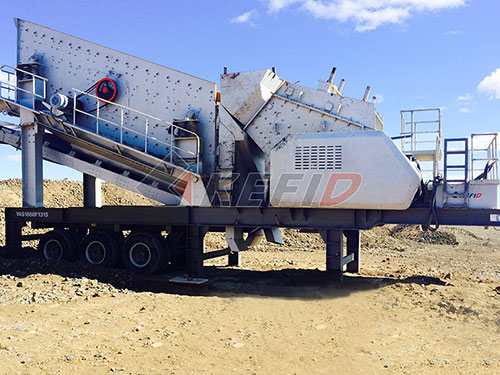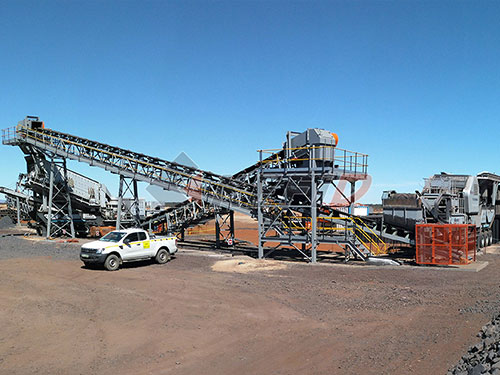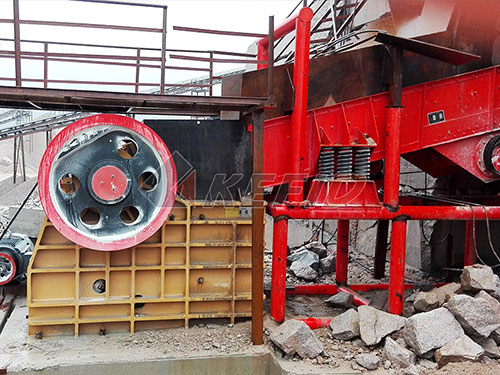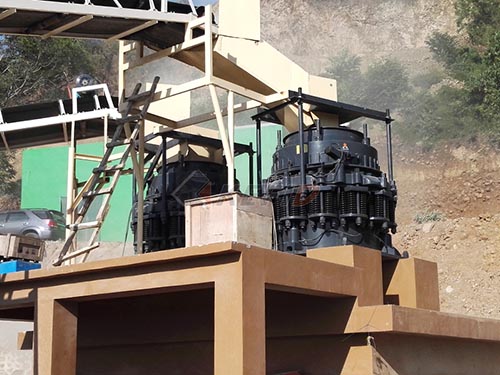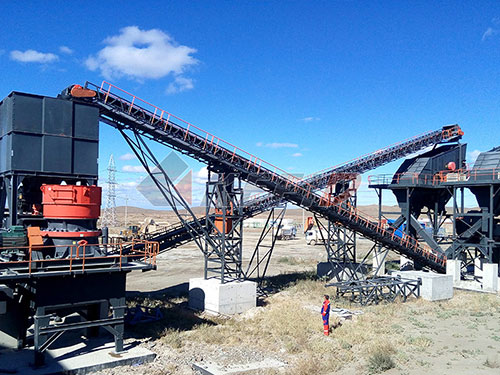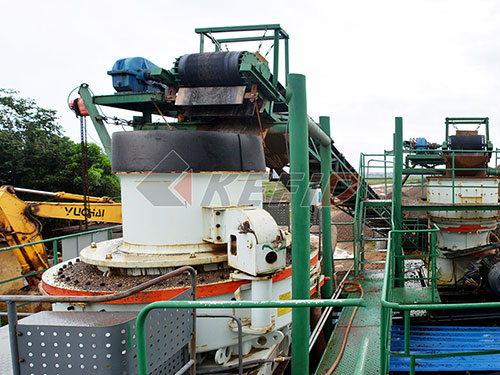The Critical Benchmark: Understanding the 28-Day Concrete Crush Test
In the world of construction and structural engineering, few tests carry as much fundamental importance as the 28-Day Compressive Strength Test of concrete. Often simply referred to as the “crush test,” this standardized procedure provides a vital benchmark for assessing concrete quality and predicting its performance in structures.
Why 28 Days? The Science of Hydration
Concrete gains strength through a complex chemical reaction called hydration, where cement particles react with water to form strong crystalline bonds within the mixture. While hydration begins immediately after mixing and pouring, it proceeds at a rapidly decreasing rate over time.
Early Strength (1-7 Days): Significant strength gain occurs quickly in the first week.
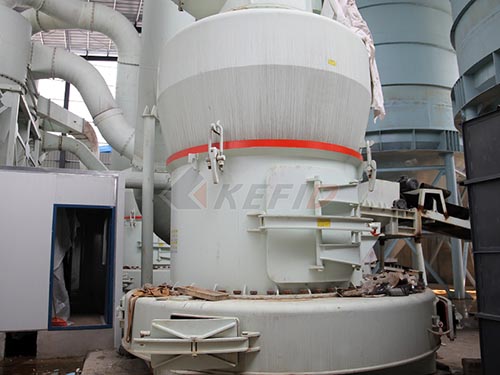
Standard Curing Period (28 Days): By approximately 28 days under standard curing conditions (typically moist curing at around 23°C ± 2°C / 73°F ± 3°F), concrete achieves a substantial portion of its potential long-term strength – usually around 70-99% depending on mix design and cement type.
Long-Term Strength: Hydration continues slowly for months or even years, leading to further gradual strength increases.
The selection of 28 days as the standard testing age represents a practical compromise:
1. Predictability: It allows sufficient time for significant strength development while providing results early enough for critical construction decisions (like formwork removal or applying structural loads).
2. Comparability: It establishes a universal reference point for specifying concrete strength (`f’c`), comparing different mixes or batches, and ensuring compliance with design requirements across projects worldwide.
3. Quality Control: It serves as a reliable indicator of whether the concrete mix design was correctly implemented and executed during batching, placement, and curing.
The Crush Test Procedure: Precision Matters
The test follows rigorous standards (primarily ASTM C39 / C39M or equivalent ISO/EN standards):
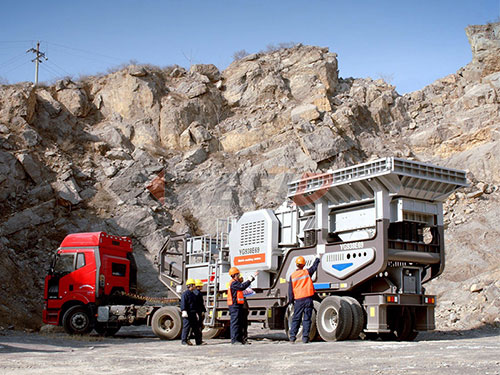
1. Sampling & Molding: Fresh concrete is sampled from the batch according to standard procedures (ASTM C172). Representative portions are compacted into cylindrical molds (typically 6 inches diameter x 12 inches height or 150mm x 300mm).
2. Curing: Immediately after molding, specimens are stored under controlled laboratory conditions (moist environment at ~23°C) for exactly 24 hours before demolding.
3. Moist Curing: After demolding,


